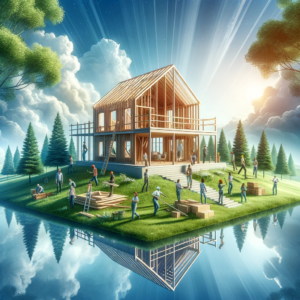Many people have been receiving astonishing electric bills and have no idea what’s consuming so much power. Chances are they haven’t thought of the kind of lighting they use. Many of them have recessed lighting in their homes, all of which are incandescent. Perhaps they have no idea how much money LED lights can save them.
LED bulbs have been proven to cut the power bill by about a half. Although they might cost more than the other bulbs, they are worth it. They pay back their cost in less than two months of use. In 2007, the federal government realized that the country was losing too much money on lighting and declared that lightbulbs must be three times more efficient by 2020.
Here is the logic behind this idea. An average American home has about 40 light bulbs. A kilowatt of power costs about 13 cents. If each incandescent bulb is 75 watts, that is a considerable amount of energy for 40 bulbs. LED light bulbs are just 11 watts each; this means they consume more than five times less power. Assuming that a homeowner switches all 40 light bulbs to LED, and has the lights on five hours a day – the savings would be $600 a year.
Apart from saving money, LEDs can save you valuable time as well. You don’t need to go to the store and up the ladder to replace them very often. LED light bulbs last about 25,000 hours. That is more than twenty times more than incandescent light bulbs that only last about 1200 hours. Ideally, if a homeowner was to keep an LED bulb on just five hours a day, it could last up to thirteen years – an amazing amount of time between bulb changes.
However, consumers need to be careful not to buy the wrong LED. While there might be many LED lightbulb options, not all of them are the same. They vary on color, quality, steadiness, and efficiency. It is essential to check for the Energy Star label on all LED bulbs. This label ensures the bulbs meet all the standards mentioned earlier.
For more information on making sure your new home is energy efficient, contact Nubuildz to see all the new energy saving new technologies that can be incorporated into a new custom home.













